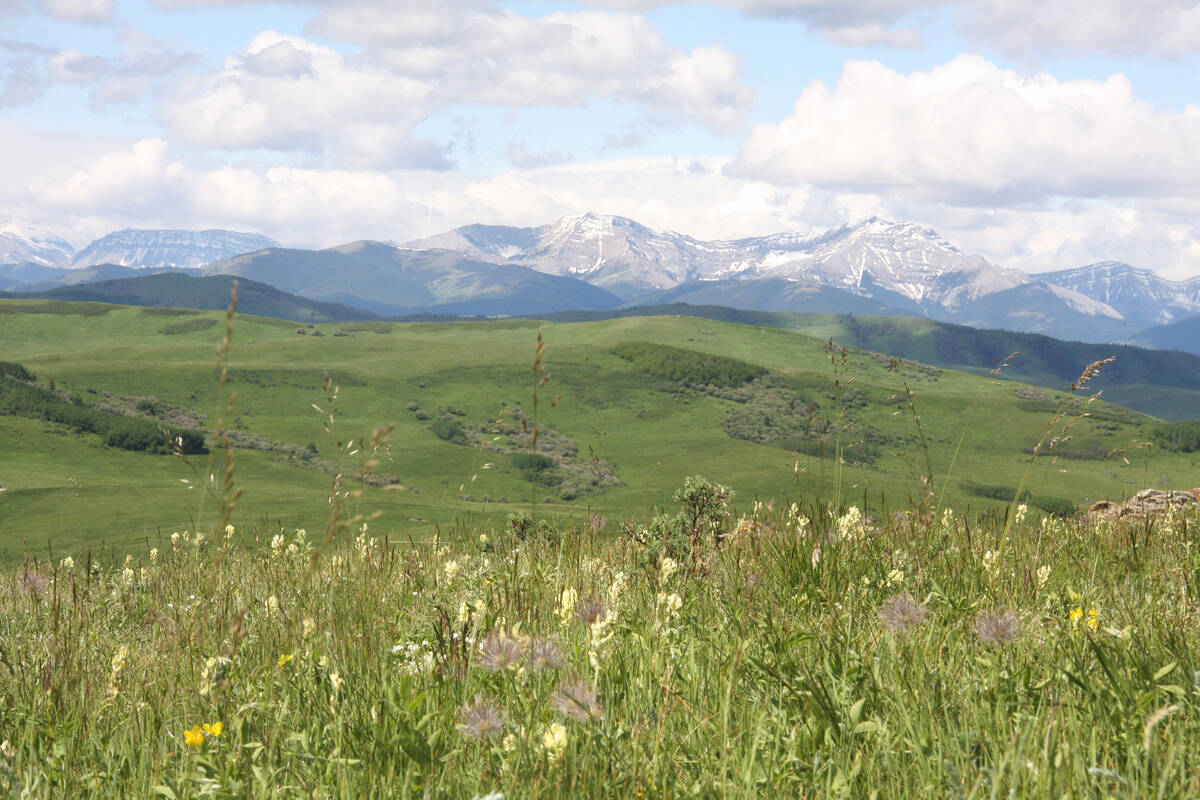NANTON, Alta. – A pasture inventory should top every grazer’s spring to-do list.
“It is very important to know what you have on hand and what you expect to have in the future and manage that inventory,” grazing consultant Jim Gerrish told a recent grazing seminar in Nanton.
“You have pasture to sell to your cows. What makes all your product is that pasture.”
Gerrish, a former University of Missouri grazing researcher and now a private consultant who also manages a ranch in Idaho, said a trained eye can usually assess the amount of forage available.
Read Also

Selenium not deal breaker in coal mining: expert
Environmental scientist weighs in on coal mining debates in Western Canada, explaining selenium and the technologies and practices to lower its concentrations in nearby waterways to coal mining operations
However, in the beginning it is a good idea to measure the height of stands because people often think the grass is taller than it really is.
He said it is also wise to do the first inventory with other people because each sees it differently. More eyes make a consistent estimate easier to achieve.
The concept is straightforward. The taller the grass, the more there is in a given area. This estimate is just as accurate as taking plant clippings from small squares in the pasture, drying them and weighing them to estimate forage yield.
Gerrish said it is important to know if the stand is thin, average or thick.
A thin pasture may be as tall as the thick pasture but offers less feed. A thick stand is difficult to walk through and the cattle will graze it more uniformly. They may be pickier in a thin pasture because there are often more weeds, which they ignore.
This information can then help producers develop a cow day estimate.
A cow day is how much an average cow will eat on an average day. Gerrish said it is a better measure than trying to assess how many pounds of dry matter are in the field.
Many producers who calculate livestock density for grazing preserves rely on a formula of animal units. The standard unit is a 1,000 pound beef cow, which means 65 cow days per acre equal 77 animal units.
A cow eats 2.5 percent of its body weight each day, so a 1,200 lb. cow eats 30 lb. of dry matter per day. Larger cows will eat more.
“What really matters is will this pasture feed 50 cows or will it feed 40 cows this spring?” Gerrish said.
Most rangeland falls into the average category, which can support 10 cow days per acre. The pasture should provide 70 cow days per acre if the grass is 12 inches tall and the cows graze seven inches off the top.
If cows or yearlings on grass go through the forage faster than expected, the producer may have underestimated the size of the animals, overestimated the thickness of the stand or miscalculated the size of the paddock.
Some producers keep their animals in a paddock until there is nothing left because they do not want to waste the grass.
“There is no such thing as wasted grass,” Gerrish said.
Anything left behind that is green and living encourages photosynthesis to grow the next crop. If it is dead it will become organic matter.
“Leave something there for the Earth,” he said. “The cows don’t have to take everything.”
Gerrish said it makes financial sense for producers to improve their grass management. Too many ranches are in trouble because their overhead costs are too high, he added.
“What you graze off today pays your operating bills and what you leave behind pays your overhead because that is what builds your land,” he said.
“If you leave grass behind, you are probably paying your bills.”
Producers must know the size of their paddocks when matching the available forage to the livestock. This can be done with an accurately measured fencing system.
Most farms will not have perfect spacings because of geography, but any combination of post spacing works as long as the measurements are known.
One acre equals 43,560 sq. feet.
It is also worth knowing how long it takes to grow a ton of hay, which differs from year to year.
Producers should keep records to compare annual growth and come up with an average.
They should also place rain gauges in different fields to assess how much moisture has been received at each location.
Gerrish said few producers know how much grass they grow per month, so they need to walk their fields and keep records.
Slowly growing grass is a signal to move cattle out sooner to give the pasture more time to rest.















